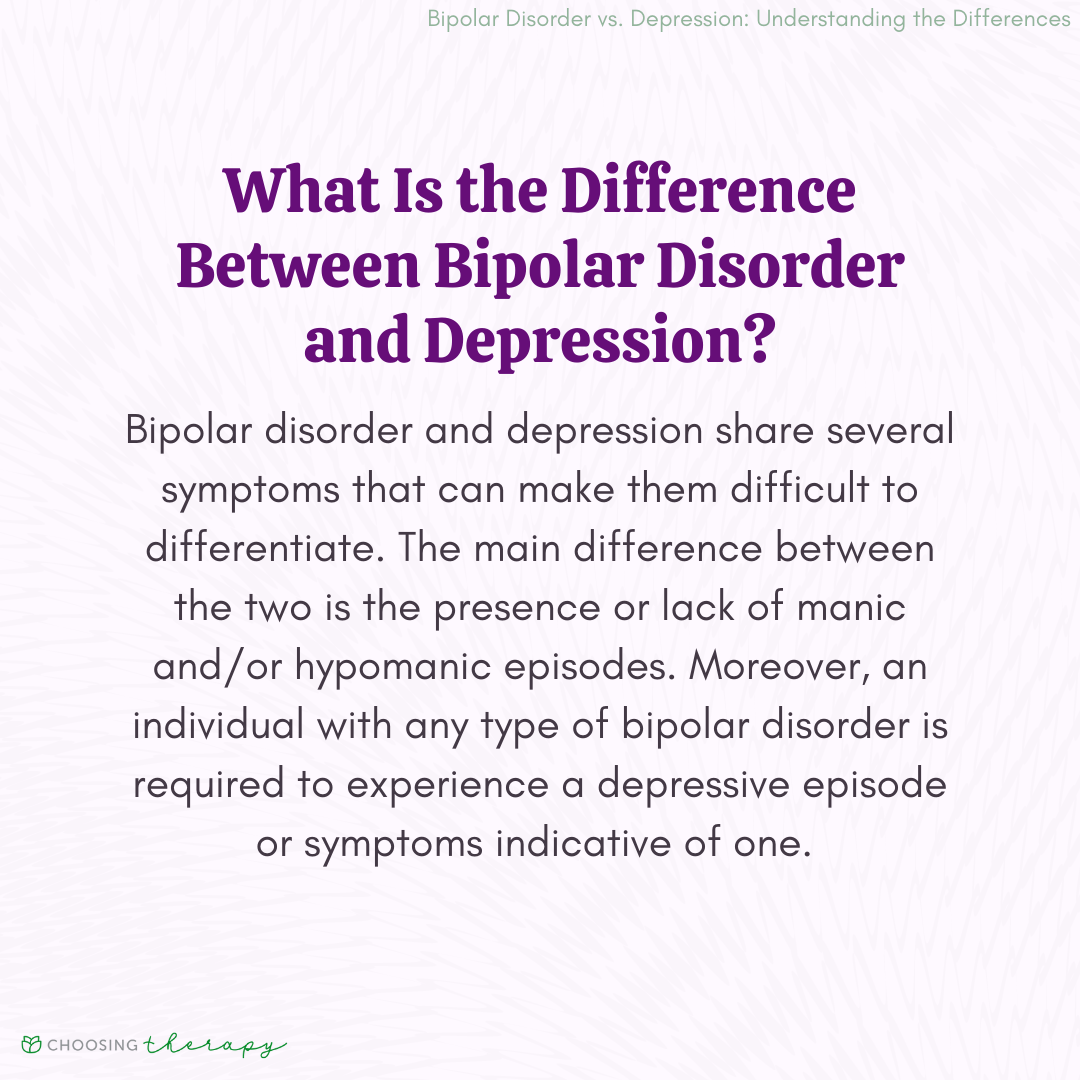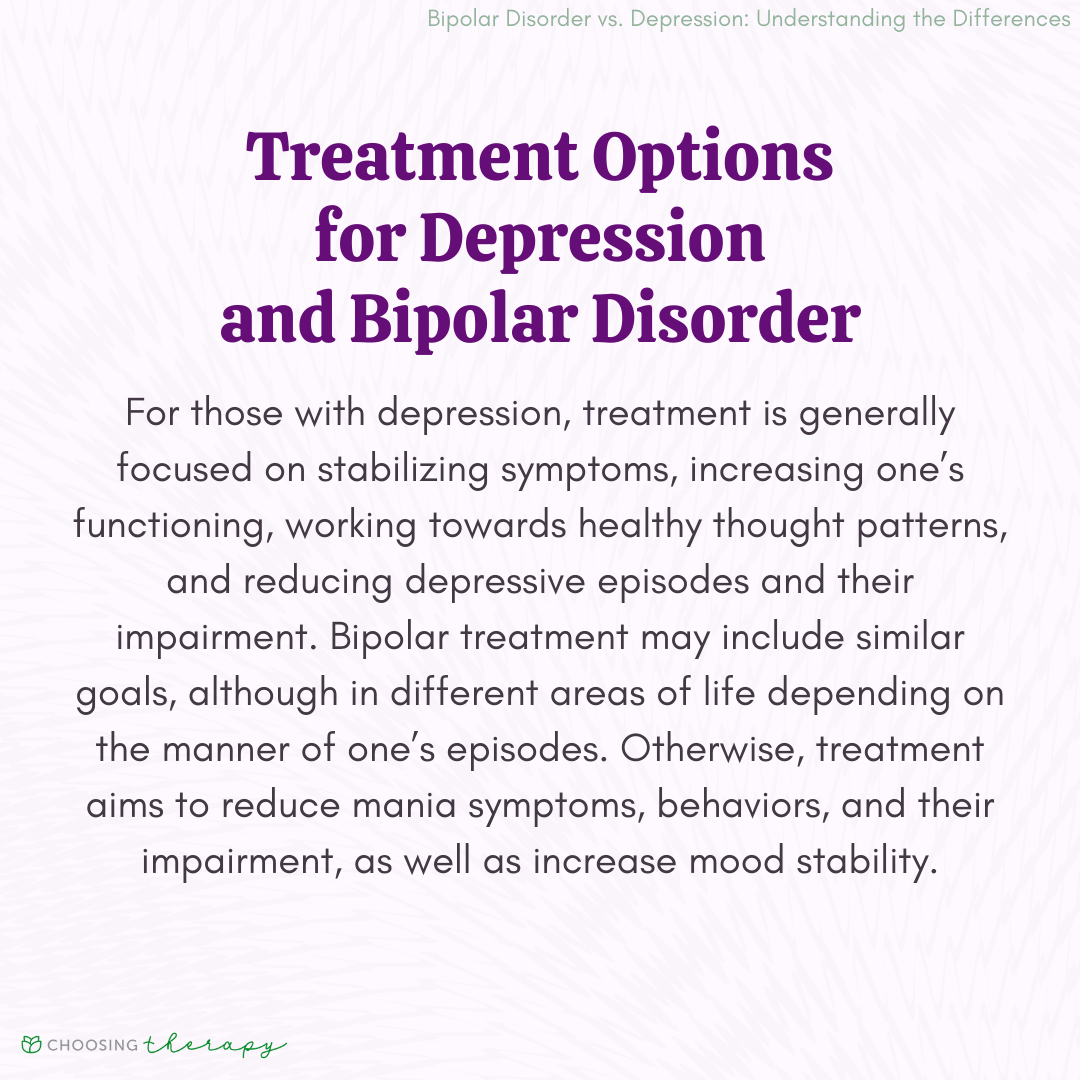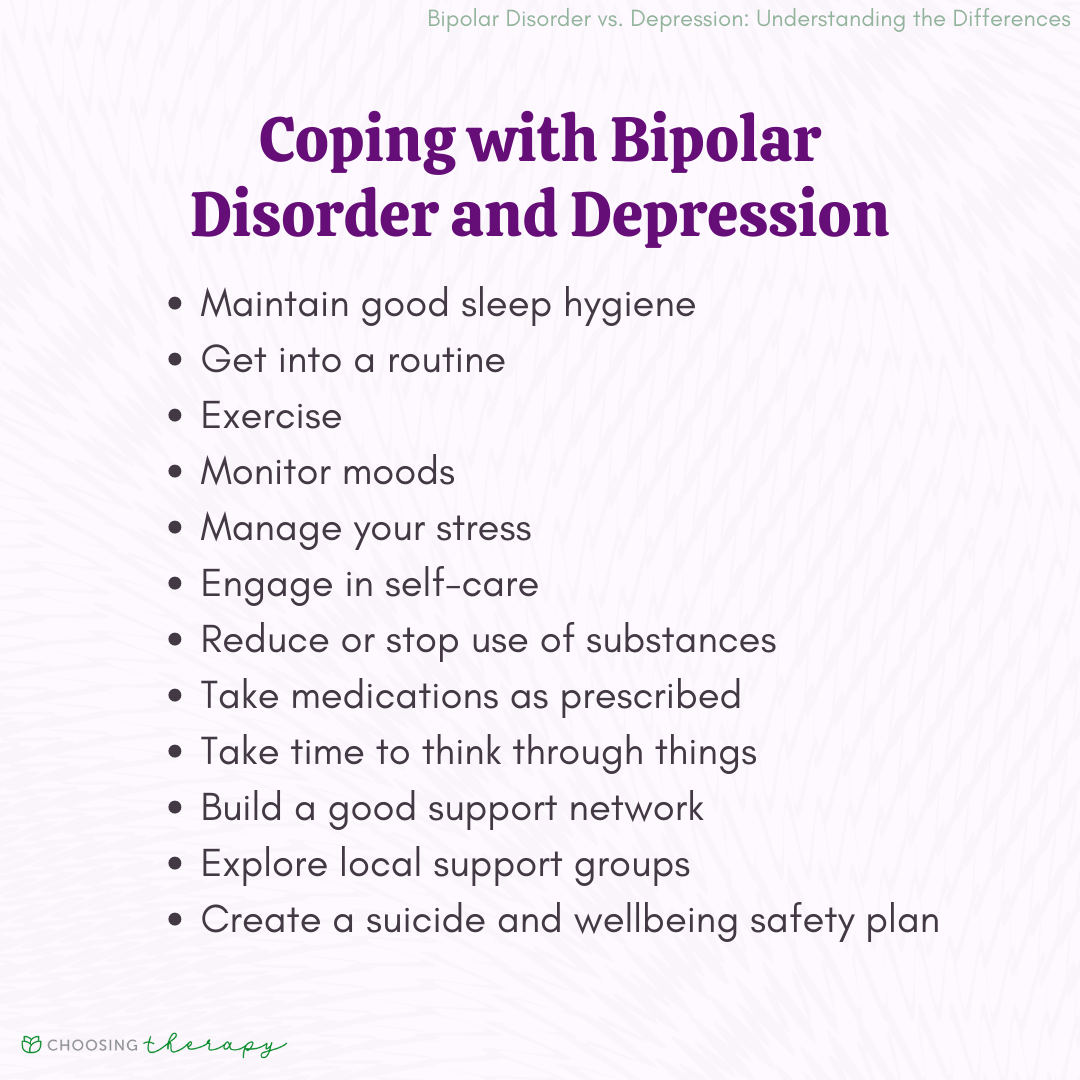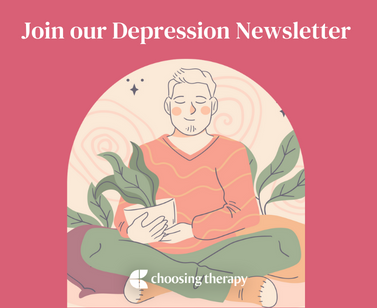While bipolar disorder and depression share some similarities, there are several differences between them, such as symptom exhibition and treatment options, among others. Learning more about these disorders can be helpful in differentiating them, and a trained professional can offer an accurate diagnosis when needed.
Depression Is Treatable With Therapy
Would you like to feel more happiness and joy? BetterHelp has over 20,000 licensed therapists who provide convenient and affordable online therapy. BetterHelp starts at $65 per week. Take a Free Online Assessment and get matched with the right therapist for you.
What Is Depression?
Depression occurs on a spectrum and is identified by several separate diagnoses, depending on an individual’s symptoms. Depression is generally observed in a prolonged period of time as feelings of sadness, loneliness, irritability, and anger. These symptoms can impact an individual’s energy and motivation levels, appetite, sleep, memory, decision-making, and more.
It’s estimated that about 5% of adults experience depression–7% of which reside in the U.S. Depression commonly develops as a result of significant stress, trauma, major life transitions, or genetic factors.1, 2, 3 The APA notes that depression is three times more likely to affect 18 to 29-year-olds than those aged 60 years and above. Further, findings suggest that females are 1.5% to 3% more likely to experience symptoms in their early teens than males.1
Types of Depression
As mentioned above, there are several depression-based diagnoses, as symptoms can look different in each person. In short, these different diagnoses exist to help better reflect the individual’s experiences.
The more common types of depression include:
- Major depressive disorder (MDD): MDD is used to describe depressive episodes that last longer than two weeks, but there are several specifiers that distinguish exclusive symptoms. MDD is less commonly known as unipolar depression.
- Persistent depressive disorder (Dysthymia): This type of depression is characterized by the presence of mild to moderate depressive episodes that have been occurring for at least two years or more, with breaks of less than two months during this time.1, 2
- Postpartum depression (PPD): Postpartum depression is most commonly associated with women experiencing significant depressive symptoms after the delivery of a child. Men can also have PPD, although it can present differently.2.
- Seasonal affective disorder: SAD is primarily diagnosed as MDD with a seasonal pattern and onset. It can fluctuate regarding the seasonal pattern, but tends to be most observed around the end of fall.1, 2
Symptoms of Depression
Depression may be hard to notice, especially when more uncommon symptoms arise with which people may not be familiar. Symptoms can range from mild to severe, but individuals can experience significant impairments, such as struggling to eat, interact with others, and take care of themselves. At their worst, symptoms can also lead to barriers in one’s employment or schooling, housing, relationships, and other daily living needs.
Common symptoms of depression include:
- Feeling sad or melancholic
- Feeling hopeless or worthless
- Feeling empty
- Feeling irritable
- Low energy and motivation
- Low or no interest in things that are normally interesting.
- Difficulty focusing or making decisions
- Difficulty falling or staying asleep or sleeping a lot
- Suicidal ideation or attempts.
Help For Depression
BetterHelp – Get help from a licensed therapist. BetterHelp offers convenient and affordable online therapy starting at $65 per week. Free Assessment
Talkspace – Online Therapy With Or Without Insurance. Talkspace accepts many insurance plans including Optum, Cigna, and Aetna. Typical co-pay is $30, but often less. Get started
What Is Bipolar Disorder?
Bipolar disorder, formerly known as manic depression, is characterized by major mood, energy, and behavior fluctuations that can significantly impact several areas of one’s life. Roughly 4.4% of adults experience bipolar disorder, of which between 80% and 90% have relatives diagnosed with the same condition.4, 5
Genetics, environmental influences, substance use, and brain chemicals are believed to have an influence in the presentation of bipolar disorder.5 Although there is significant research on the condition, there seems to be a perception that those with bipolar simply have an inability to control their moods. However, this is not the case, as the disorder is much more invasive and complex.
Types of Bipolar Disorder
Bipolar disorder symptoms can present in many ways, depending on one’s diagnosis. Studies suggest that while bipolar I has been more thoroughly researched, bipolar II disorder is at least equally as prevalent.1, 6 However, there are other possible types, some of which are identified by specifiers of the main bipolar disorder diagnosis versus a separate diagnosis.
Types of bipolar disorders include:
- Bipolar I: This type of bipolar disorder includes major depressive episodes and is characterized by manic episodes that last at least a week or more. People with bipolar I may experience psychosis and an inability to complete tasks during manic episodes.1, 5, 7
- Bipolar II: Bipolar II includes major depressive episodes and is characterized by hypomanic episodes (similar states of energy with less severity) that last a maximum of four days. These individuals do not experience psychosis, but can be at increased risk for self-harm and risky behaviors.1, 5, 7
- Cyclothymia: This type of bipolar is characterized by experiencing depression and hypomanic symptoms that do not meet the criteria for a full depressive or hypomanic episode, whether it is because the symptoms are not as significant or they do not last long enough.1, 5, 7
- Bipolar I or Bipolar II, with rapid cycling: This specifier of rapid cycling is characterized by four separate mood episodes within a year that meet the criterion for each episode type. These can occur in any order.1
Symptoms of Bipolar Disorder
Bipolar disorder includes both depressive and either manic (type I) or hypomanic (type II) episodes. Symptoms and their severity can and will differ from person to person. That being said, a person may face impairments in work and school, relationships, social life, financial health, and physical health as a result.
Common symptoms of bipolar disorder include:7
- Depressive symptoms and episodes
- Elevated energy levels to the point of being unable to calm down
- Racing thoughts
- Feelings of euphoria
- Irritability and aggression
- Limited sleep
- High-risk behaviors
- Pressured speech
- Increased libido, appetite, or cravings
- Grandiose beliefs
What Is the Difference Between Bipolar Disorder and Depression?
Bipolar disorder and depression share several symptoms that can make them difficult to differentiate. The main difference between the two is the presence or lack of manic and/or hypomanic episodes. Moreover, an individual with any type of bipolar disorder is required to experience a depressive episode or symptoms indicative of one.
If an individual has experienced even one manic or hypomanic episode in their life (without the influence of substances or physical health issues), this is almost an automatic exclusion from a depression diagnosis. Experiencing one generally indicates the presence of a bipolar disorder of some type, unless the influences above have played a role in bringing about symptoms.1, 2
How Are Bipolar Disorder and Depression Related?
Research shows that common comorbidities of bipolar disorder include anxiety, substance use disorder, ADHD, eating disorders, and other medical issues (diabetes, cancer, heart disease, and AIDS/HIV).7, 9 Further, John Hopkins Medicine reports that major depression and bipolar disorder are on a list of several mental health disorders identified as the highest cause of disability.10
Risk Factors for Bipolar Disorder & Depression
Bipolar disorder and depression may share some risk factors that influence symptom exhibition, such as brain structure, brain function, and genetics.7 Certain environmental factors, including substance use, stressors, and sleep interruptions, can play a role as well. However, it is important to note that there are a few factors that are relevant to each disorder. For instance, risk factors for major depression include negative affect and adverse childhood experiences, among others.
Diagnosis of Depression vs. Bipolar Disorder
Significant overlap of symptoms can make it difficult to differentiate between bipolar and depression. Unfortunately, bipolar disorder is often misdiagnosed as depression by physicians.11 Research shows that the impact of these misinterpretations of symptoms can potentially lead to inappropriate and inadequate mental health treatment.13
A typical diagnostic examination will include interviews with a trained mental health professional, such as a therapist, psychiatrist, nurse practitioner, or general doctor. In the case of bipolar disorder and depression, distinguishing factors include an early presentation of depression, heightened depressive episodes, mania-based symptoms, and a lack of response to antidepressant medications provided for treatment.11 The presence of psychosis, abuse of substances, and suicidal ideation or attempts in those with depression can be indicative of a possible transition into a bipolar disorder; individuals exhibiting these symptoms should be monitored at great length.13 This information is important for mental health professionals in order to provide the most accurate diagnosis and, ultimately, the best treatment approach.
Depression Is Treatable With Therapy
Would you like to feel more happiness and joy? BetterHelp has over 20,000 licensed therapists who provide convenient and affordable online therapy. BetterHelp starts at $65 per week. Take a Free Online Assessment and get matched with the right therapist for you.
Treatment Options for Depression & Bipolar Disorder
Treatment options for both disorders also share some similarities. However, everyone experiences these conditions differently, including their presentation of symptoms and the treatments that are effective for them.
For those with depression, treatment is generally focused on stabilizing symptoms, increasing one’s functioning, working towards healthy thought patterns, and reducing depressive episodes and their impairment. Bipolar treatment may include similar goals, although in different areas of life depending on the manner of one’s episodes. Otherwise, treatment aims to reduce mania symptoms, behaviors, and their impairment, as well as increase mood stability.
The primary difference between treatment for depression and treatment for bipolar disorder is in medication types. For example, some reports show that antidepressants, when used for those with bipolar disorder, are often ineffective and worsen mania symptoms, thereby destabilizing an individual’s mood. As a result, antidepressants are not commonly used for individuals with bipolar disorder. Instead, a class of medications known as mood stabilizers is generally used to treat symptoms of mania.13
Treatment for Depression
Treatment for depression is typically multifaceted and includes either therapy, medication, or both.
Treatment options for depression may include:2
- Medications: Medications for depression primarily include antidepressants, which help to better the way chemicals are used in your brain, by increasing serotonin and/or norepinephrine. The most common medications include selective serotonin reuptake inhibitors (SSRIs)*, serotonin and norepinephrine reuptake inhibitors (SNRIs)*, Wellbutrin*, and trazodone.
- Cognitive behavioral therapy (CBT): CBT for depression teaches practical problem-solving skills for addressing negative thoughts and behaviors.
- Interpersonal therapy (IPT):IPT focuses on helping one improve their interpersonal functioning.
- Brain-stimulation therapies: For more severe and medication-resistant cases of depression, brain-stimulation therapies have been researched and observed to be helpful for some. These can include electroconvulsive therapy (ECT) and transmagnetic stimulation (TMS).
*This medication has a black box warning, the most serious kind of warning from the FDA for a risk of suicidal thoughts and behaviors in certain people. You should talk with your doctor about these risks before starting this medication.
Treatment for Bipolar Disorder
Bipolar disorder treatment generally includes therapy, psychoeducation, and medication.14 Most commonly, medications are used to help stabilize bipolar moods, reduce risk across episodes, and decrease or stabilize impairment levels. Generally, the expectation is that people adhere to their medication regime unless they and their doctor decide to pursue more intensive alternatives.
Treatment options for bipolar disorder may include:14
- Medications: Medications for bipolar most commonly include mood stabilizers, atypical antipsychotics, some antidepressants, and neuroleptics.
- Brain-stimulation therapies: For drug-resistant or severe bipolar disorder, brain stimulation therapies and other options have been researched. This can include ECT and TMS.
- Hospitalization: If the client is at moderate to severe risk to themselves or others, hospitalization may be considered. Unfortunately, this is not a rare occurrence, especially if the individual does not regularly take their medications.
- Cognitive behavioral therapy (CBT): CBT for bipolar helps clients learn the connection between their thoughts and actions in order to change unhealthy behaviors.
- Family-focused therapy: If children are involved, family-focused therapy may be pursued to offer a safe, neutral place for family members to share their feelings.
- Interpersonal and social rhythm therapy (IPSRT): IPSRT focuses on teaching medical adherence and stress management skills.
Coping with Bipolar Disorder & Depression
Living with bipolar disorder and depressive disorders can be difficult, if not impairing. This does not mean that there is no way for you to live a healthy, happy, and productive life. The level of severity of disorder-relative and non-related symptoms can be an indicator of how long you may be living with these challenges. Still, you can adopt certain coping skills and routines to help you maintain stability. Although these techniques may vary depending on your disorders, they can each be helpful in working towards better management of your symptoms.
Some coping skills for both depression and bipolar disorder include:
- Maintain good sleep hygiene: Changes in sleep can impact chemicals in your brain that can impair your mood in several ways.15
- Get into a routine: Having a routine can help ensure you are taking your medications, engaging in self-care, and keep your mood stable.2, 14, 15
- Exercise: This may sound cliché, but exercise can help maintain your physical health and increase dopamine, serotonin, and norepinephrine chemicals in your brain.2, 14, 15
- Monitor moods: Keeping a daily log of your mood can help you to keep track of your stability and give you insight into any triggers.14, 15
- Manage your stress: Stress, regardless of the source, can impact moods, symptoms, sleep, and other important factors that can ultimately destabilize and impair your recovery.14, 15
- Engage in self-care: Self-care includes habits like eating regularly, bathing, setting routines and boundaries as needed, and meditation. These activities can be helpful in routine-setting, stabilizing moods, and encouraging awareness.14, 15
- Reduce or stop use of substances: The use of substances have a significant influence on mental health symptoms. They can change how your symptoms present, how you react, how stable you are, and have a negative or fatal interaction with your medication.14, 15
- Take medications as prescribed: Medication misuse can be dangerous as can suddenly stopping use, which can cause withdrawal, side effects, and significant destabilization of your symptoms and moods.15
- Take time to think through things: Both of these disorders can impact healthy decision-making, especially if you’re more impulsive during a manic episode.15
- Build a good support network: This can include family, friends, and/or your trusted mental health professionals. It’s helpful to have a team of people you can turn to in difficult times, help you stay aware, and provide you with support.15
- Explore local support groups: Reaching out to support groups increases your education about your symptoms, and grants you access to people who may have a better understanding of your experience.15
- Create a suicide and wellbeing safety plan: By having these and sharing them with your support team, you can have a plan for when you may become a risk to yourself and others. In addition, these can help you and others in your life stay alert for warning signs.15
Final Thoughts
Bipolar disorder and depression differ primarily with the presence of manic or hypomanic episodes. There are a number of treatments available for both, including therapy, medications, and medication-resistant treatments. Even if you have fallen off plan or are just starting your search for help, there is support available. You are not alone in your experience.
Additional Resources
To help our readers take the next step in their mental health journey, Choosing Therapy has partnered with leaders in mental health and wellness. Choosing Therapy is compensated for marketing by the companies included below.
Talk Therapy
Online-Therapy.com – Get support and guidance from a licensed therapist. Online-Therapy.com provides 45 minute weekly video sessions and unlimited text messaging with your therapist for only $64/week. Get Started
Online Psychiatry
Hims / Hers If you’re living with anxiety or depression, finding the right medication match may make all the difference. Connect with a licensed healthcare provider in just 12 – 48 hours. Explore FDA-approved treatment options and get free shipping, if prescribed. No insurance required. Get Started
Depression Newsletter
A free newsletter from Choosing Therapy for those impacted by depression. Get helpful tips and the latest information. Sign Up
Learn Anti-Stress & Relaxation Techniques
Mindfulness.com – Change your life by practicing mindfulness. In a few minutes a day, you can start developing mindfulness and meditation skills. Free Trial
Choosing Therapy Directory
You can search for therapists by specialty, experience, insurance, or price, and location. Find a therapist today.
Online Depression Test A few questions from Talkiatry can help you understand your symptoms and give you a recommendation for what to do next. Best Online Psychiatry Services Online psychiatry, sometimes called telepsychiatry, platforms offer medication management by phone, video, or secure messaging for a variety of mental health conditions. In some cases, online psychiatry may be more affordable than seeing an in-person provider. Mental health treatment has expanded to include many online psychiatry and therapy services. With so many choices, it can feel overwhelming to find the one that is right for you.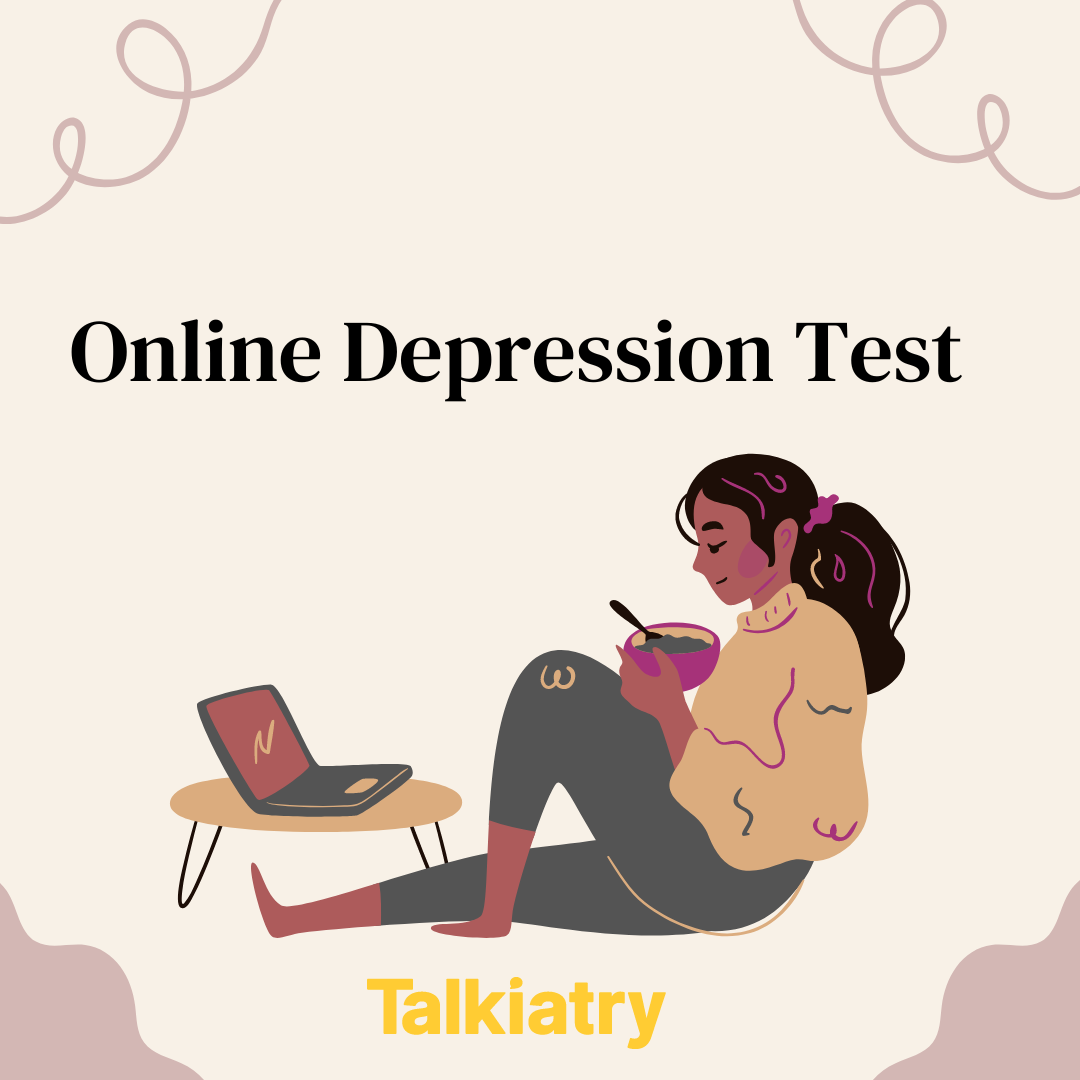
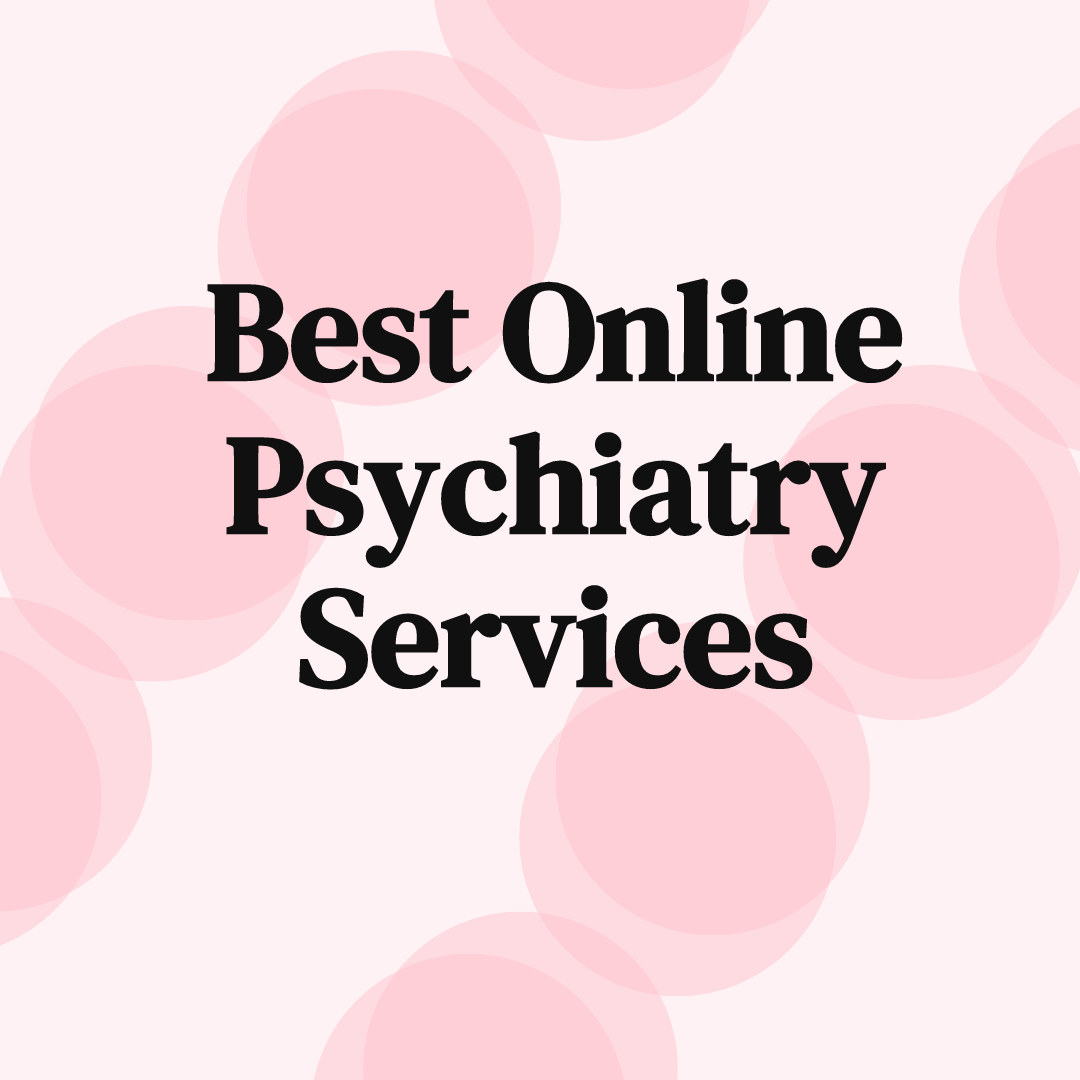
Find a therapist for bipolar disorder
Get the help you need from a therapist near you
City or zip Search





